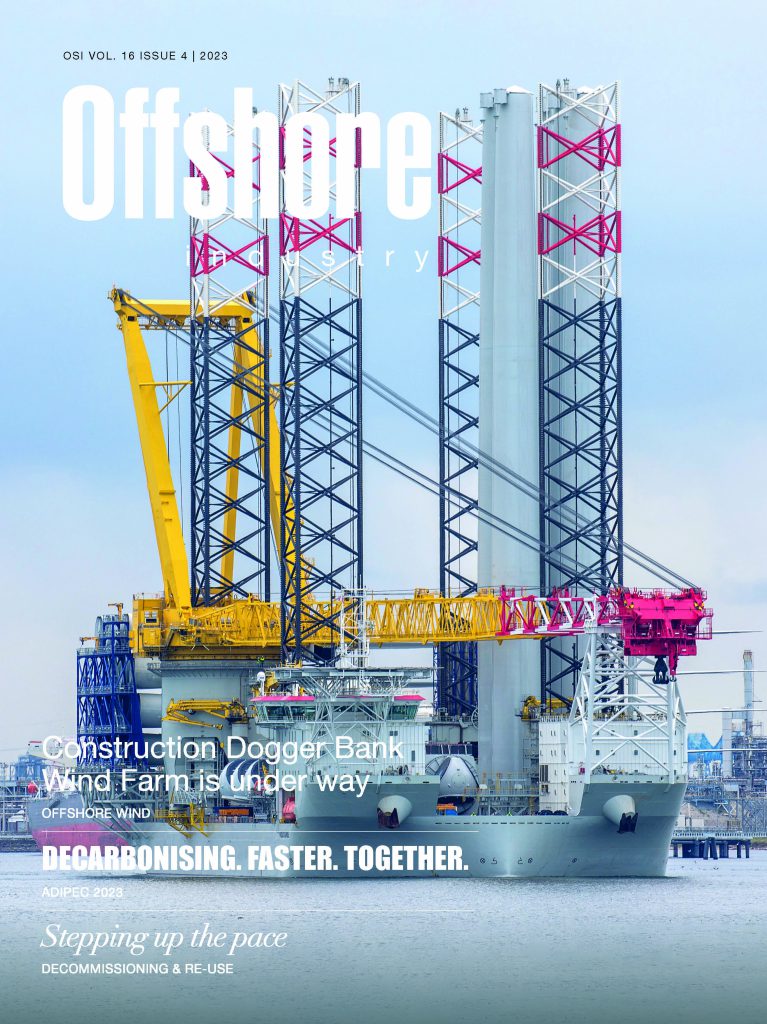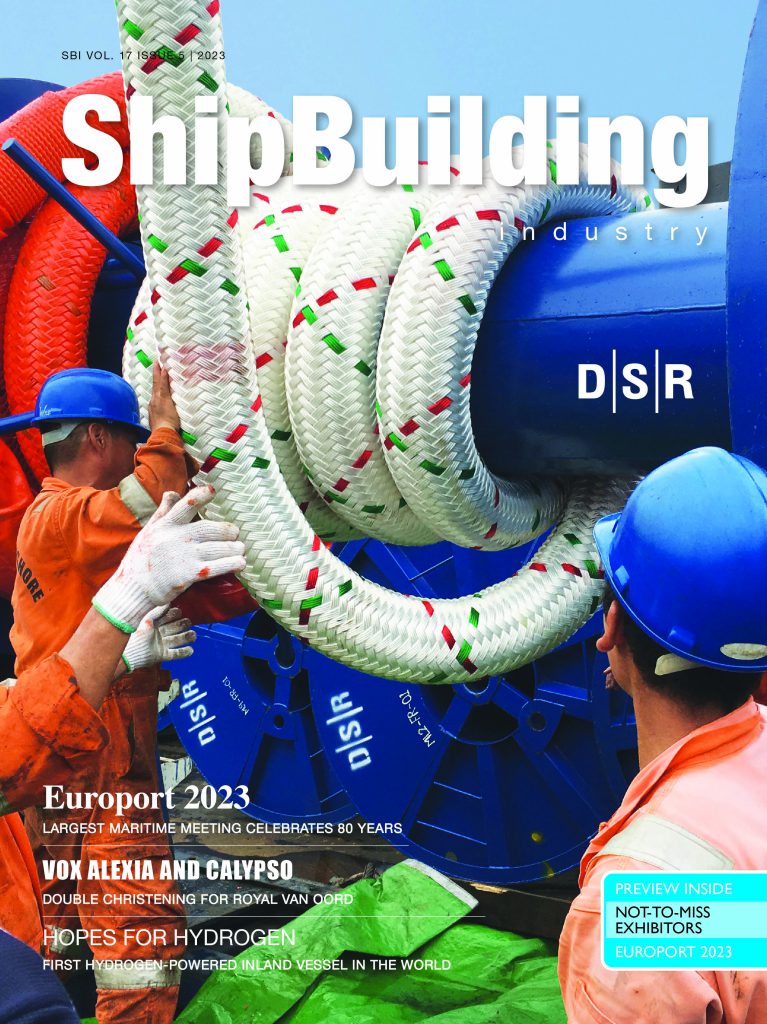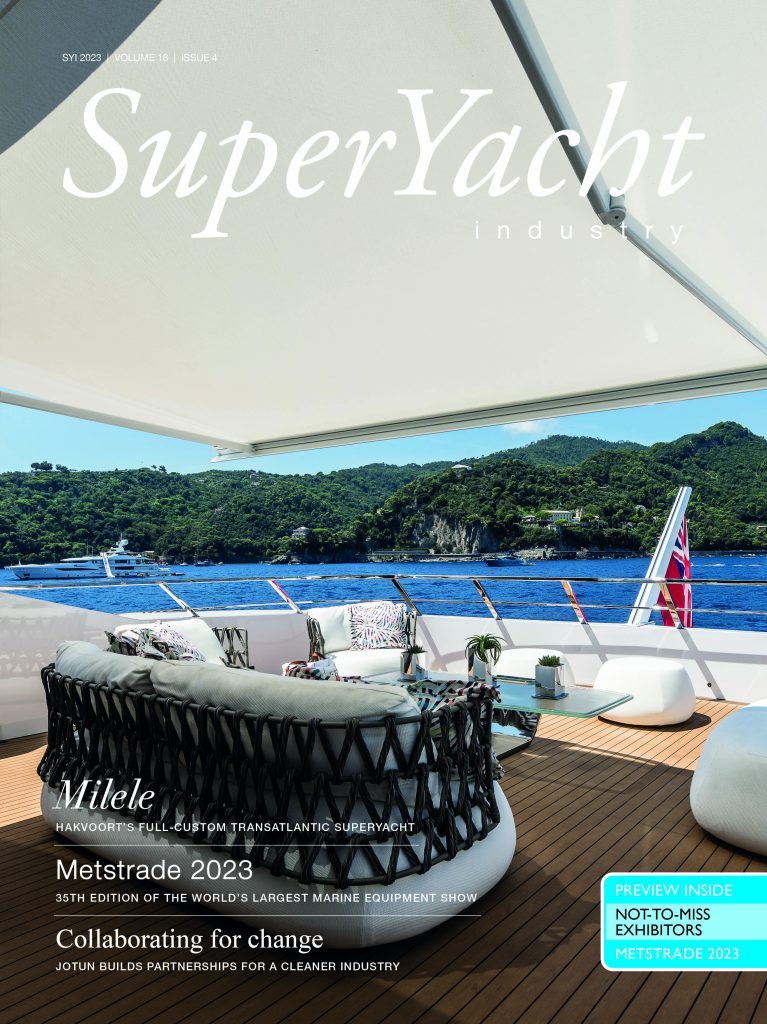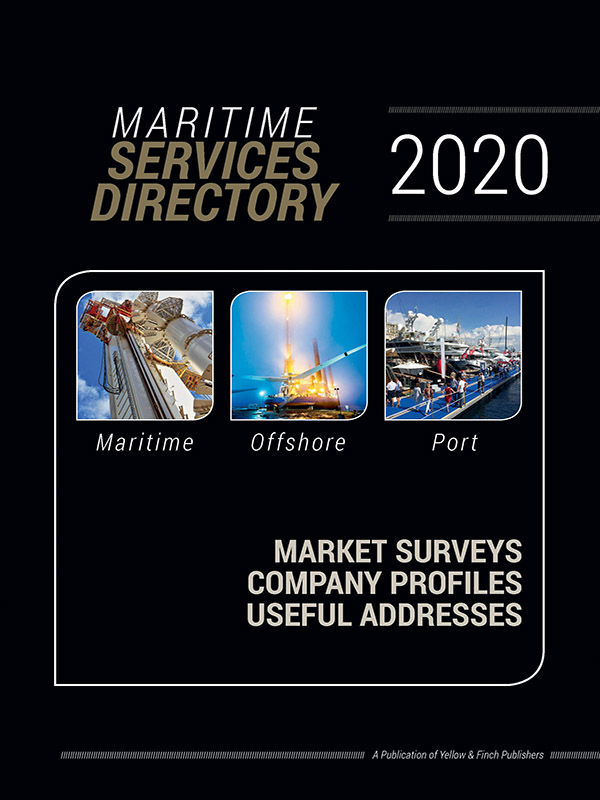Dutch Shipbuilding Industry Gaining European Importance
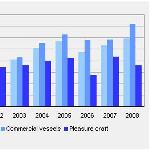 Last year, 12% of European shipbuilding industry turnover was realised in the Netherlands, as against more than 7% in 2000. The market share in commercial vessels grew considerably from 7 to 14%, according to a recent Statistics Netherlands publication by Hub Beunen and Lico Hoekema.
Last year, 12% of European shipbuilding industry turnover was realised in the Netherlands, as against more than 7% in 2000. The market share in commercial vessels grew considerably from 7 to 14%, according to a recent Statistics Netherlands publication by Hub Beunen and Lico Hoekema.
The output value of Dutch commercial shipbuilding industry, including repair and maintenance has risen by about 80% since 2000 to EUR 3.2 billion in 2008. The output value of the Dutch pleasure craft sector tallies with other European countries and has almost tripled. The Netherlands accounts for approximately 7% of the European market.
The Netherlands is the current market leader in Europe for certain types of vessels, such as dredging vessels and equipment, multi-purpose vessels and offshore vessels. Last year, the Netherlands accounted for a market share of approximately 80% in each of these three production areas, whereas the market share for passenger ships is only 2%.
The exports value of ships built in the Netherlands was EUR 1.8 billion euro in 2008. Nearly half went to European countries. Asia’s share was about 16 percent and Central and South America accounted for 12% in 2008. The low North American market share of 2% in Dutch exports of vessels is remarkable.
The number of shipyards for the construction of new vessels gradually expanded from 1,420 to 1,755 over the period 2000-2008, an annual growth by 2.7%. In commercial shipping, the number of shipyards grew by an average annual 1.5%. The number of shipyards for pleasure craft grew by 3.4%. Most shipyards for the manufacture of commercial vessels are located in the Rijnmond region and the south-east of the province of South Holland. Pleasure craft are mainly manufactured in the south-west and north of the province of Friesland.
Employment in shipbuilding dropped from 17 to 14 thousand between 2000 and 2008. Shipyards where new commercial vessels are built entirely accounted for the reduction in employed persons from 11.8 thousand to 8.1 thousand. Employment in pleasure craft industry increased by 800 persons over the same period



